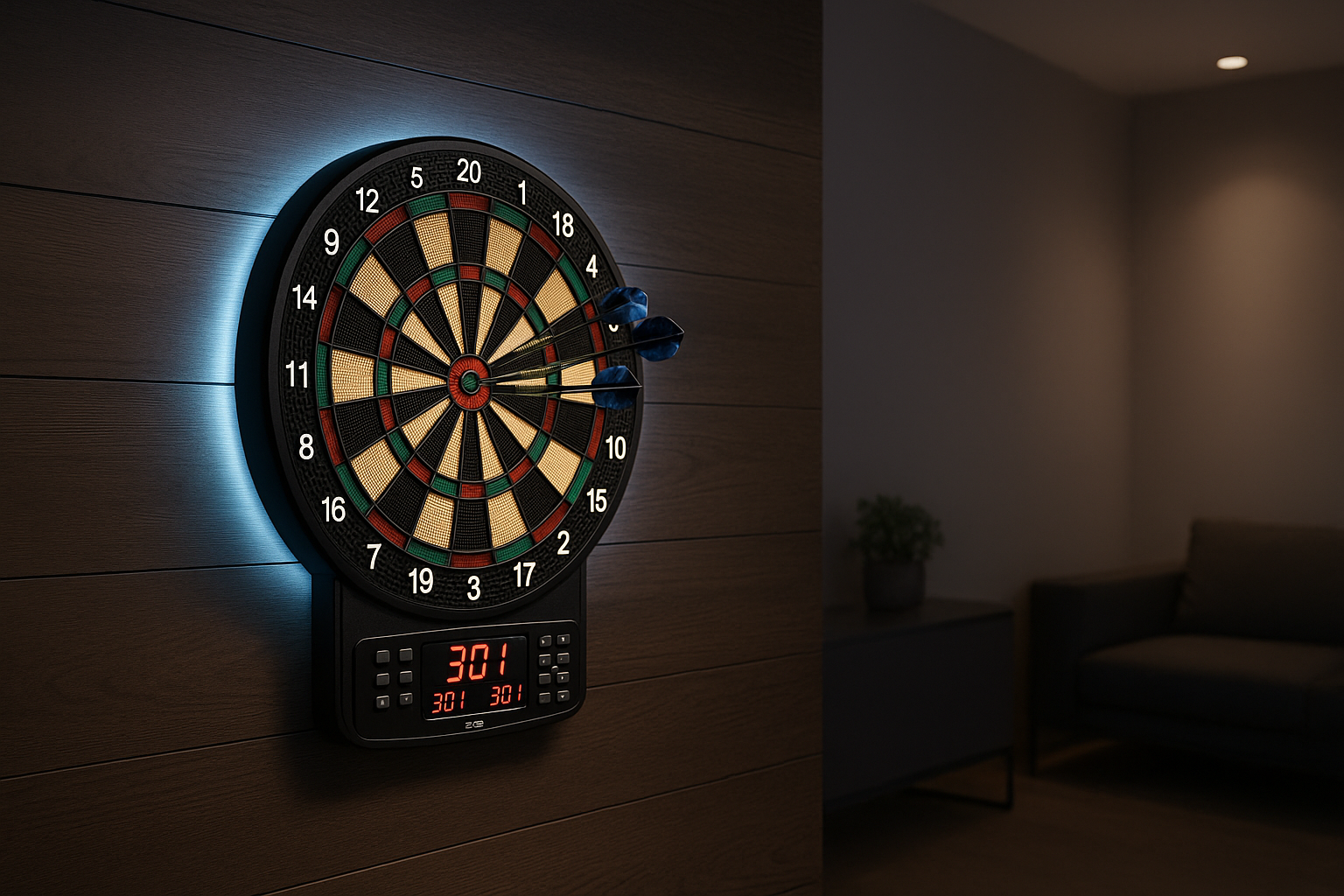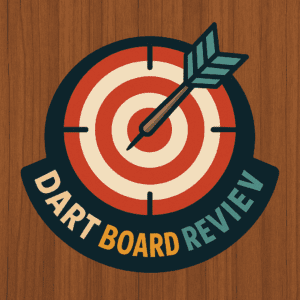🎯 How to Aim with Darts (and Hit Exactly What You’re Aiming At)
Want to consistently hit your target in darts? Whether you’re just starting out or looking to sharpen your competitive edge, learning how to aim properly is one of the most valuable skills you can develop. While stance and grip are critical, aiming bridges your mechanics with real results.
In this in-depth guide, you’ll learn:
How to find and use your dominant eye
How to align your vision and throwing mechanics
Arm and stance adjustments that increase accuracy
Smart aiming techniques you can start using today
Let’s dive in.
👁️ Find Your Dominant Eye
What Is a Dominant Eye?
Your dominant eye is the one your brain prefers to process visual input from—especially for tasks that require precise aiming, like darts, archery, or shooting. It’s not always the same as your dominant hand.
Knowing your dominant eye helps you:
Align the dart properly
Avoid cross-dominance issues (e.g., right-handed but left-eye dominant)
Improve focus and reduce inconsistent throws
Why It Matters for Dart Players
Darts is a game of fine margins. A few millimeters can be the difference between a triple 20 and a miss. Your dominant eye plays a key role in your ability to:
Focus sharply on the exact segment you’re aiming for
Align your hand, dart, and target correctly
Build consistent muscle memory over time
How to Test Which Eye Is Dominant
Triangle Method (Most Accurate for Darts)
Extend your arms and form a triangle using your thumbs and index fingers.
Focus on the bullseye through the triangle.
Slowly bring your hands to your face.
The triangle will naturally align with your dominant eye.
Pointing Method (Quick Test)
Point to a distant object with both eyes open.
Close one eye at a time.
The eye that keeps your finger on target is your dominant eye.
Once you identify it, always raise your dart in front of that eye when aiming.
🎯 Find Your Target Before You Throw
Don’t walk up and toss blindly. Before every throw, you should:
Choose your exact target (e.g., triple 20, double 16)
Visualize the shot while walking to the oche
Adjust your body position along the oche for a clearer angle if needed
Top players even take a step back before throwing to re-center their focus. Your mental prep matters just as much as your physical form.
💡 Tip: Keep your eyes locked on the target segment—not just the board—during your setup. Your body will naturally follow where your eyes go.
🧍♂️ Get Into Your Dart Stance
Now that you’ve identified your target and dominant eye, it’s time to set your foundation.
How to Set a Solid Stance
Front foot: Place it firmly on or just behind the oche.
Rear foot: Acts as a support—keep it relaxed but grounded.
Weight: 70–75% on the front foot.
Shoulders: Slightly sideways—not square to the board.
Line of sight: Head, dart, and eye should form a straight path to the target.
If you’re cross-dominant (e.g., right-handed but left-eye dominant), you may need to angle your head slightly or shift your stance to keep the alignment.
🧠 Remember: Comfort and balance come first. Find a stance that feels natural and repeatable.
💪 Get Your Arm into Position

Once you’ve locked into your stance, focus on the position of your throwing arm.
Key Arm Position Tips
Upper arm: Nearly parallel to the floor
Elbow: Pointed at the target—not too high or low
Forearm: Should move like a hinge from the elbow
Wrist: Relaxed but firm—used to guide your release
Avoid shoulder movement. Most of the power and accuracy comes from the forearm and wrist working in harmony.
🧩 If your darts tend to fly low or drift left/right, check your elbow and wrist alignment first.
📏 Use a Marker for Your Line of Sight
A consistent line of sight is a must for accurate throws. Many players use a visual reference point—also known as a “marker”—to aim.
Popular Line-of-Sight Markers:
Tip of the dart
Knuckle of your index finger
Thumbnail
Extended pinky (for unique grips)
Whatever you choose, keep it in line with your dominant eye and your target. This makes it easier to recreate the same aiming motion every time.
🔁 Consistency is key—don’t change markers from game to game.
📐 Aim the Tip of the Dart Slightly Up
Before you throw, check the angle of your dart. Aiming slightly upward creates a smoother trajectory and reduces bounce-outs.
Ideal Dart Tip Angle
Slight upward tilt (~5–10°)
Avoid pointing downward
Adjust based on dart weight (heavier darts need less tilt)
Think of this as your dart’s launch angle, similar to a basketball arc or a golf swing. The right tilt improves both accuracy and dartboard penetration.
✅ Final Checks Before You Throw
Here’s a quick pre-throw checklist you can mentally run through:
✅ Feet are set and balanced
✅ Target is clearly chosen
✅ Dominant eye is aligned with the dart
✅ Arm and elbow are positioned correctly
✅ Line-of-sight marker is in place
✅ Dart tip is angled slightly upward
Once you’ve gone through these steps, take a breath, trust your form, and release the dart smoothly.
🎯 Practice regularly, and these habits will become second nature.
💬 Final Thoughts
Learning how to aim in darts isn’t just about pointing and shooting—it’s about building a reliable, repeatable routine that aligns your eyes, hands, and mind.
With a little awareness and focused practice, you’ll:
Hit more consistent targets
Improve your scoring power
Gain confidence in every match
Keep training your technique, and you’ll soon be aiming like a pro.


